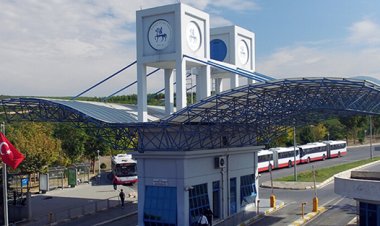Experimental investigation of convective heat transfer performance and hydrodynamics of pulsating flow through the rectangular grooved channel
Experimental investigation of convective heat transfer performance and hydrodynamics of pulsating flow through the rectangular grooved channel

Experimental investigation of convective heat transfer performance and hydrodynamics of pulsating flow through the rectangular grooved channel Zontul, Harun; Şahin, Besir This study presents hydrodynamics and heat transfer of steady and pulsating flow in a rectangular grooved channel for the Reynolds number and pulsation frequency ranges of 2x103 ≤ Re ≤ 6.5x103 and 0 ≤ F ≤ 5 (Hz) respectively. The Particle Image Velocimetry (PIV) method is employed for hydrodynamic investigation. Streamlines, velocity vectors, and vorticity contours are drawn to reveal massive flow motions and flow patterns.
Flow pulsation significantly empowers the penetration of mainstream into the groove section; however, pulsation frequency has an important effect on this phenomenon. Moreover, Reynolds stress and root mean square of the fluctuations are presented to document turbulence statistics.
In the heat transfer experiments, the positive effects of the improvement of the groove mainstream interaction and an increase in the mixing are observed. Heat transfer enhancement and pressure drop trade-off are considered by calculating the thermal performance factor. Pulsating flow remarkably augments the heat transfer from the grooved channel. However, the enhancement ability of the pulsating flow strongly depends on its frequency, F, and the value of the Reynolds number. Pulsating flow is a more effective method in low Reynolds numbers.

 Bilgi
Bilgi 














